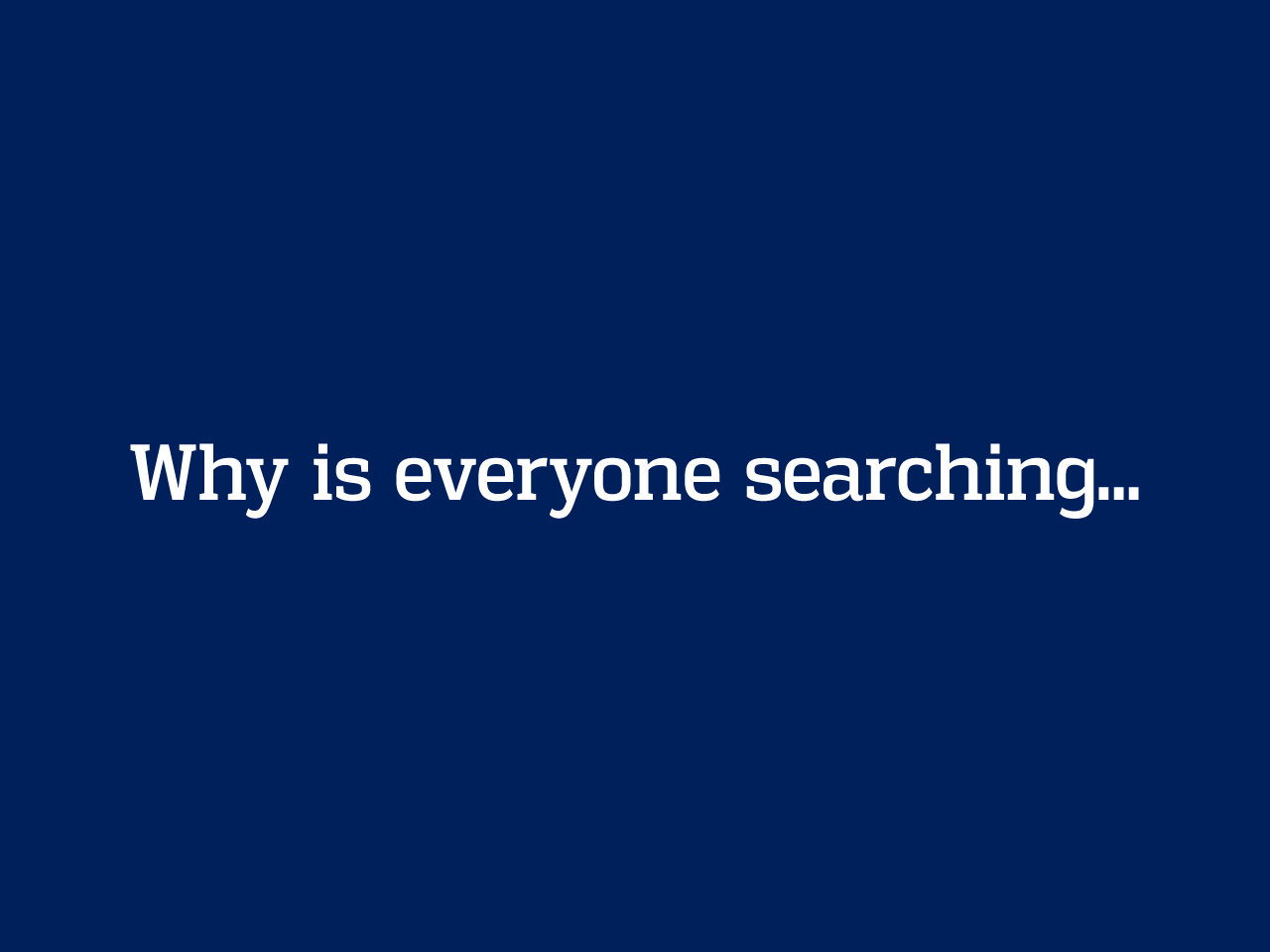Attention deficit hyperactivity disorder (ADHD) has an overall childhood prevalence of 5-8%, making it the most common cognitive, emotional, and behavioral problem treated in pediatric patients. This is a major health problem, especially in the United States, as ADHD can increase risk for other psychiatric conditions and behavioral disturbances. For many years, patients have relied upon stimulant medications for treatment of ADHD, and until recently, true non-drug medical treatments were lacking for management ADHD.
Children with ADHD are hyperactive, inattentive, impulsive, and easily distracted at a level that is inappropriate for their age and developmental stage. The diagnosis is made on a clinical basis and rating scales are useful to assist in the diagnostic process. The DSM-5 is used for formal diagnosis. Please refer to the DSM-5 for specific diagnostic criteria.
Stimulants, such as methylphenidate and amphetamine, are the primary treatment modalities. Atomoxetine, bupropion, desipramine, guanfacine and clonidine are second-line non-stimulant medications that may be used for treatment of ADHD. Behavioral therapy is a very important adjunct for all patients with ADHD. Cognitive behavioral therapy has been shown to exhibit some improvement in disruptive behaviors even after medication management has been optimized. Psychoeducation is utilized to help patients and caregivers improve scheduling, organization, and overall functioning so that behavioral changes can be implemented.
On April 19, 2019, the United States Federal Drug Administration approved the first non-drug medical device to treat ADHD. This implantable device is called the Monarch external Trigeminal Nerve Stimulation (eTNS) System. It is indicated for children ages 7-12 who are not currently taking medications for ADHD. It is contraindicated for patients with pacemakers, defibrillators, neurostimulators, insulin pumps, and other implanted devices. It should also not be used with cell phones as there is concern that the low levels of electromagnetic energy generated by the phone may disrupt therapy. It has not been tested to determine MRI compatibility.
The device is used in the home under the supervision of a caregiver during periods of sleep. It delivers a low-level electrical impulse via a patch that adheres to the patient’s forehead, stimulating the trigeminal nerve. This is believed to send therapeutic signals to the parts of the brain thought to be involved in ADHD. Clinical results may take about 4 weeks to become evident. In clinical trials, a clinician-administered ADHD-Rating Scale (ADHD-RS) was used to determine efficacy of treatment. In these trials a statistically significant improvement in scores was noted at the end four weeks in the treatment groups as compared with control groups. At the end of week four the average ADHD-RS score in the study group decreased from 34.1 points to 23.4, vs. a decrease from 33.7 to 27.5 in the control group.
Current Medical Diagnosis & Treatment 2019: Chapter 25: Psychiatric Disorders
Current Diagnosis & Treatment: Psychiatry, 3e: Chapter 34: Attention-Deficit/Hyperactivity Disorder







Create a Free MyAccess Profile
AccessMedicine Network is the place to keep up on new releases for the Access products, get short form didactic content, read up on practice impacting highlights, and watch video featuring authors of your favorite books in medicine. Create a MyAccess profile and follow our contributors to stay informed via email updates.